At the time, many would have seen it as a novelty, but it was, in fact, an extremely notable event in the history of motoring.
It was Tuesday, 15 October 1895, the day of the Horseless Carriage Exhibition at the agricultural showground in Tunbridge Wells, Kent — the first organised public demonstration of cars.
The event drew "quite five thousand people", many of them paying a shilling (equal to about £6.25 today) to sit in a grandstand. It was organised by the town's mayor, Sir David Salomons, with help from automotive entrepreneur Frederick Simms.
Salomons was a prominent scientist and trained barrister who held many notable public offices, but his passion was in electricity. He registered many patents over the years, including one of the first electric cooking devices; his house was one of the first to have electric lighting and he became chairman of a company that played a key role in electrifying London.
But aside from that — and horology, photography, astronomy, microscopy, civil engineering and mechanicals, of course — Salomons was passionate about horseless carriages and frequently contributed his writings about them to the fledgling Autocar. He had actually designed and built his own electric car, way back in 1874, but abandoned the project because he could not find a way to properly recharge the batteries.
In 1895, he became only the second person to import a car, taking delivery of the two-cylinder, 3.5hp Daimler-engined Peugeot 'vis-Ã -vis' that he would later display in Tunbridge Wells.
This appeared at the show alongside the very first to be imported: a Panhard-Levassor, also with 3.5hp Daimler power, owned by the Honourable Evelyn Ellis, director of The Great Horseless Carriage Company.
Ellis had ordered the car to his own specification in left-hand drive (French cars were right-hand drive); it had been driven from the Paris factory to Le Havre, shipped to Southampton and taken by train to Micheldever, from where he illegally drove it 56 miles to his home in Datchet, at an average speed of 10mph.
Three other vehicles appeared in Tunbridge Wells: a petrol-powered tricycle and a steam horse, courtesy of France's De Dion-Bouton company (the latter dismissed as "really only a greatly improved form of traction engine") and Ellis's Daimler-engined fire engine "for a country house".
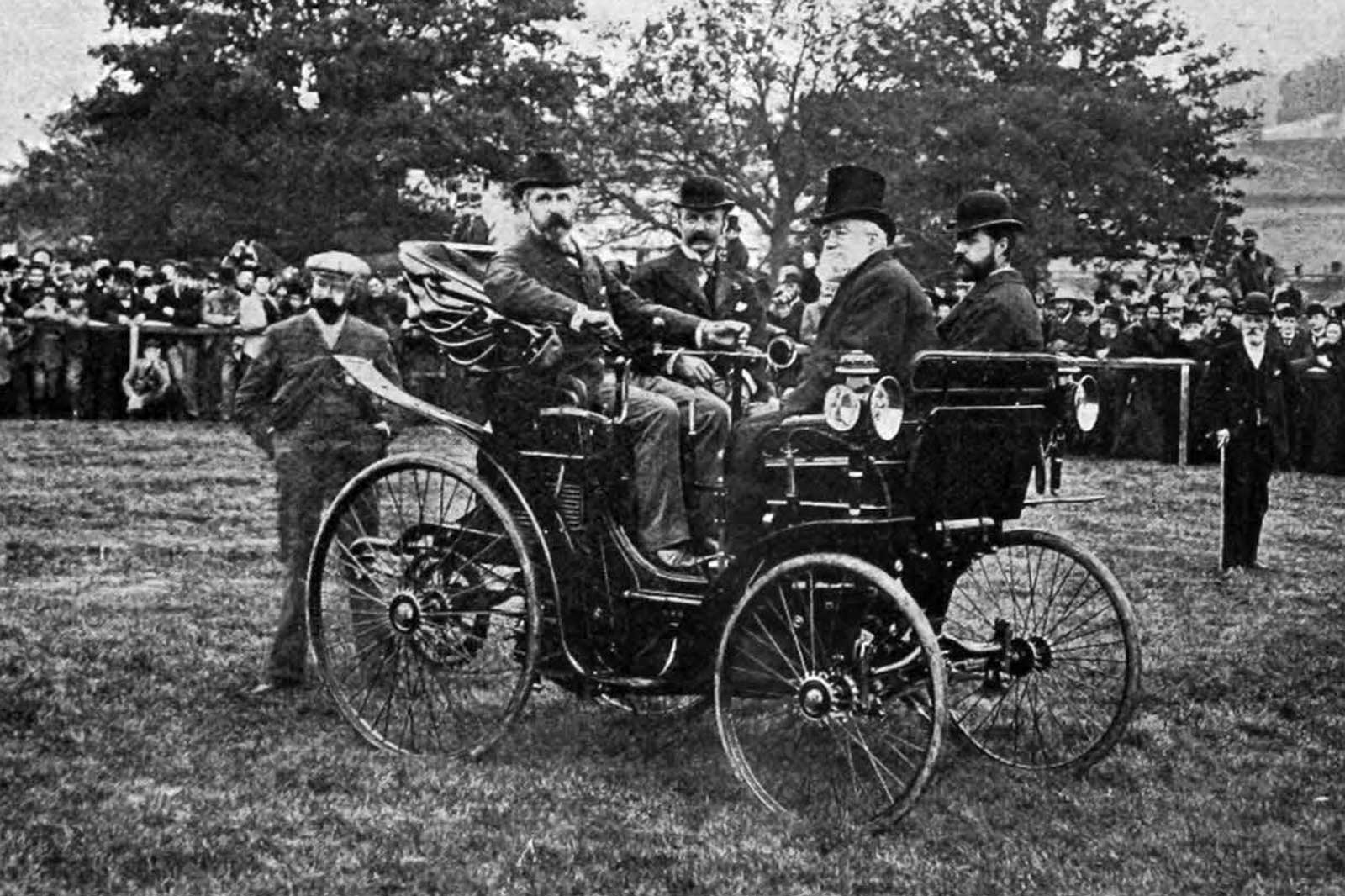
Autocar reported on the trial: "When the day arrives, when for many purposes a horsed vehicle will look as quaint as did the horseless chariots seen by us a fortnight since, this exhibitive trial will rank for this class of vehicle very much on an equality with that memorable trial of locomotives, in which the famous old Rocket so completely defeated the engines opposed to it at Rainhill just 66 years ago."

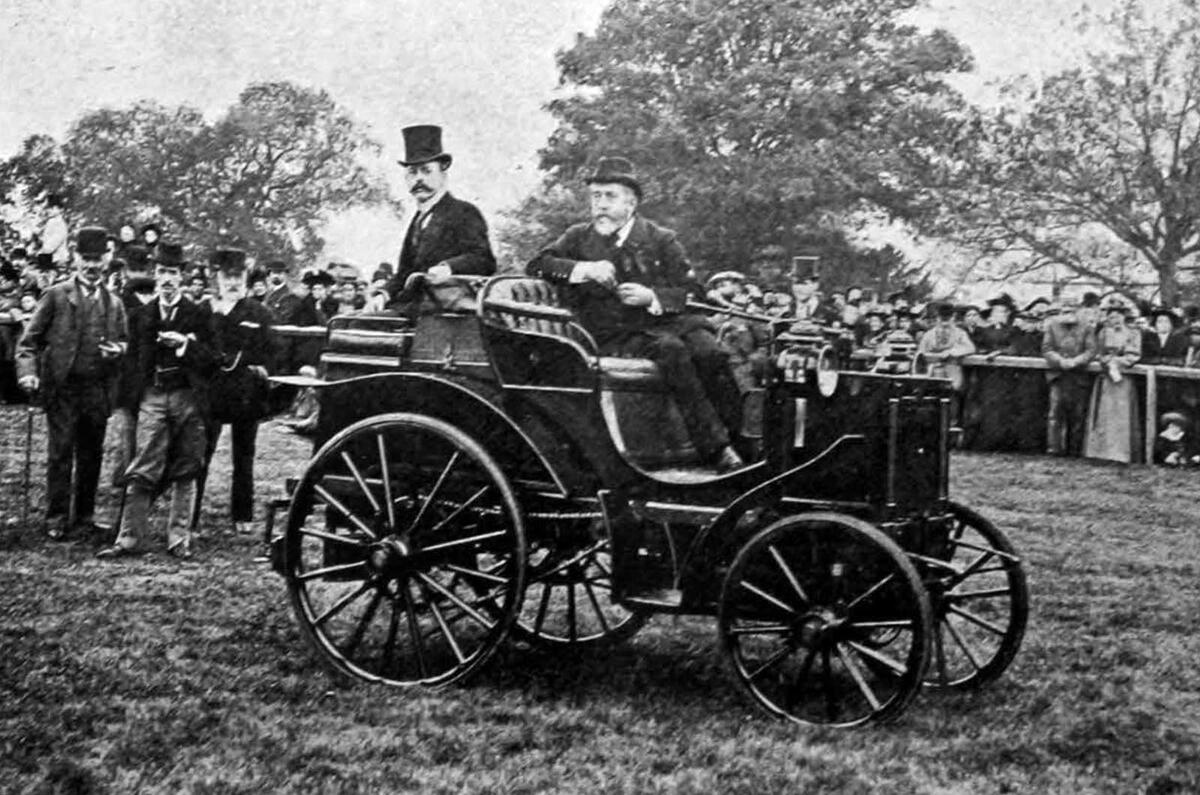

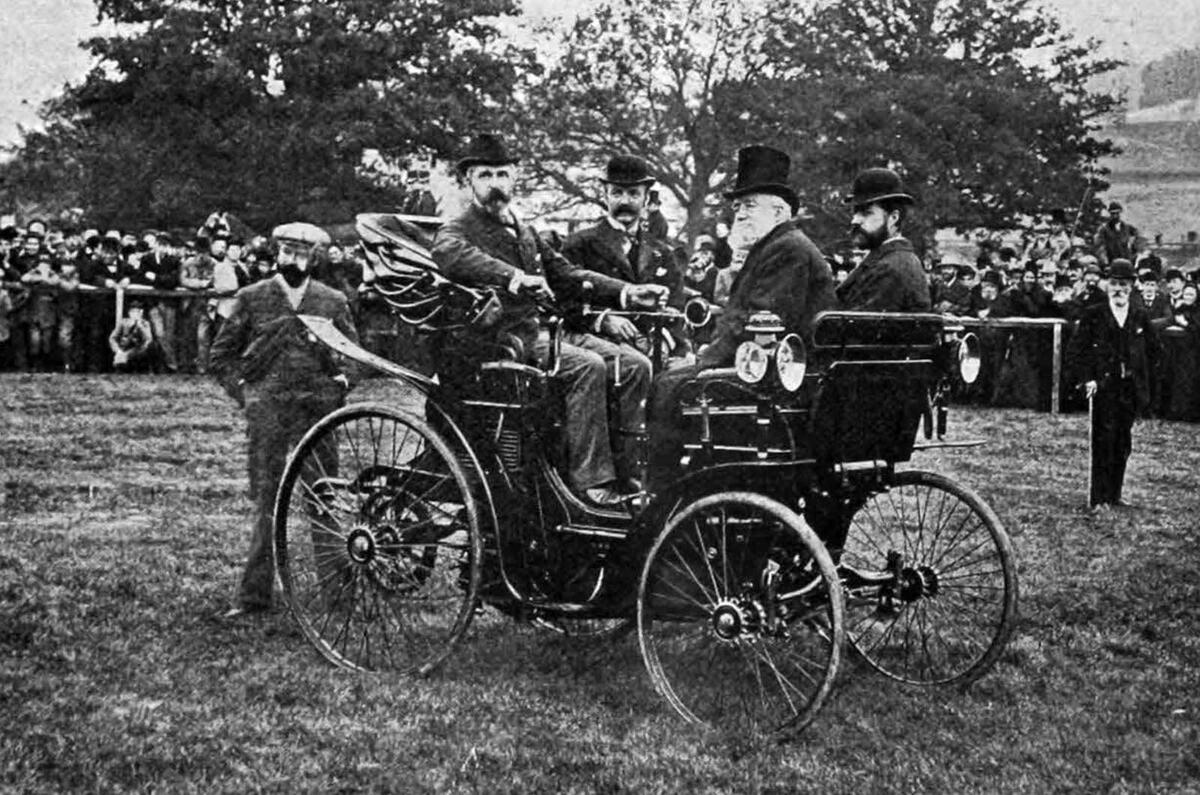
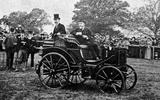
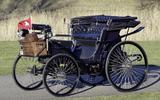


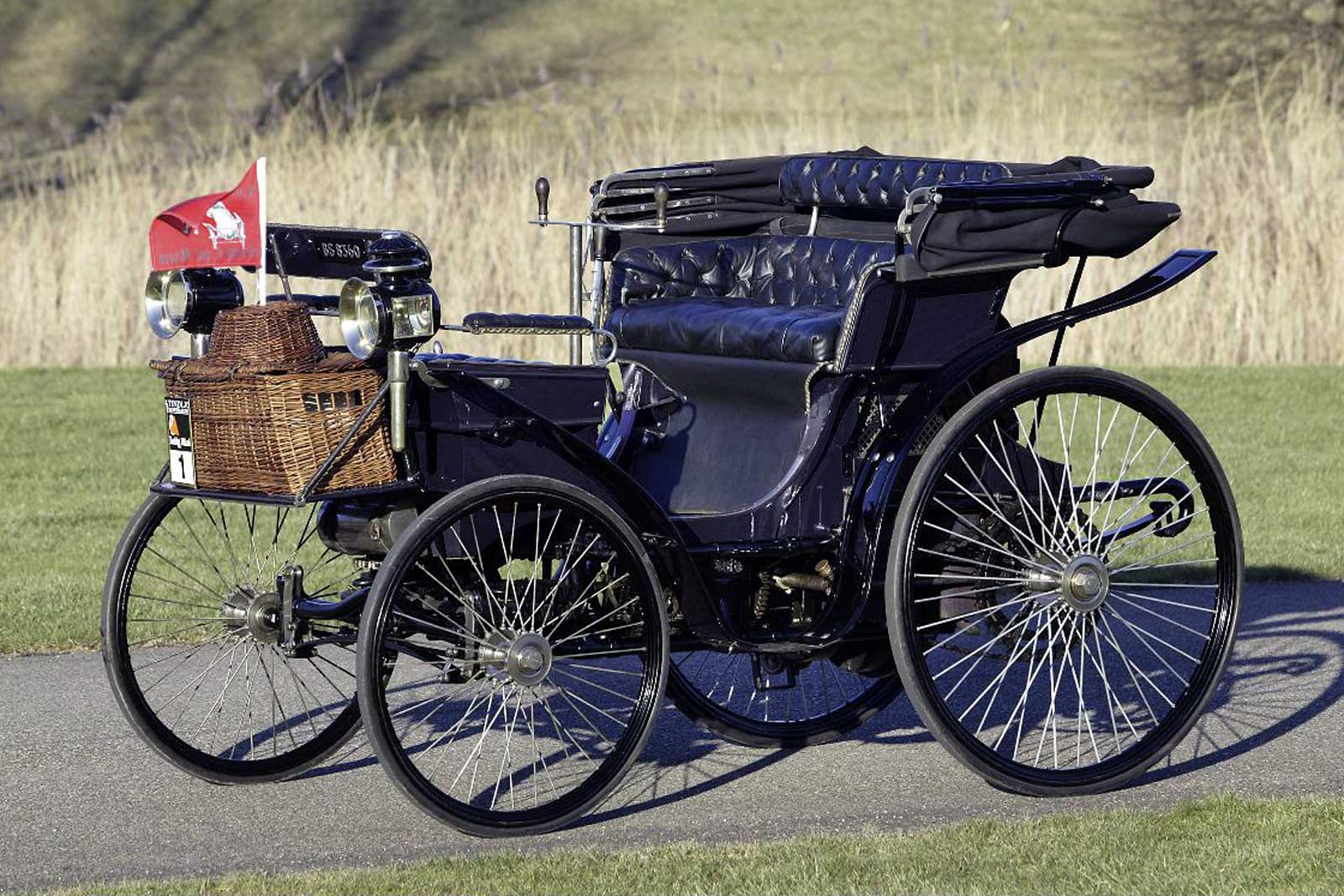
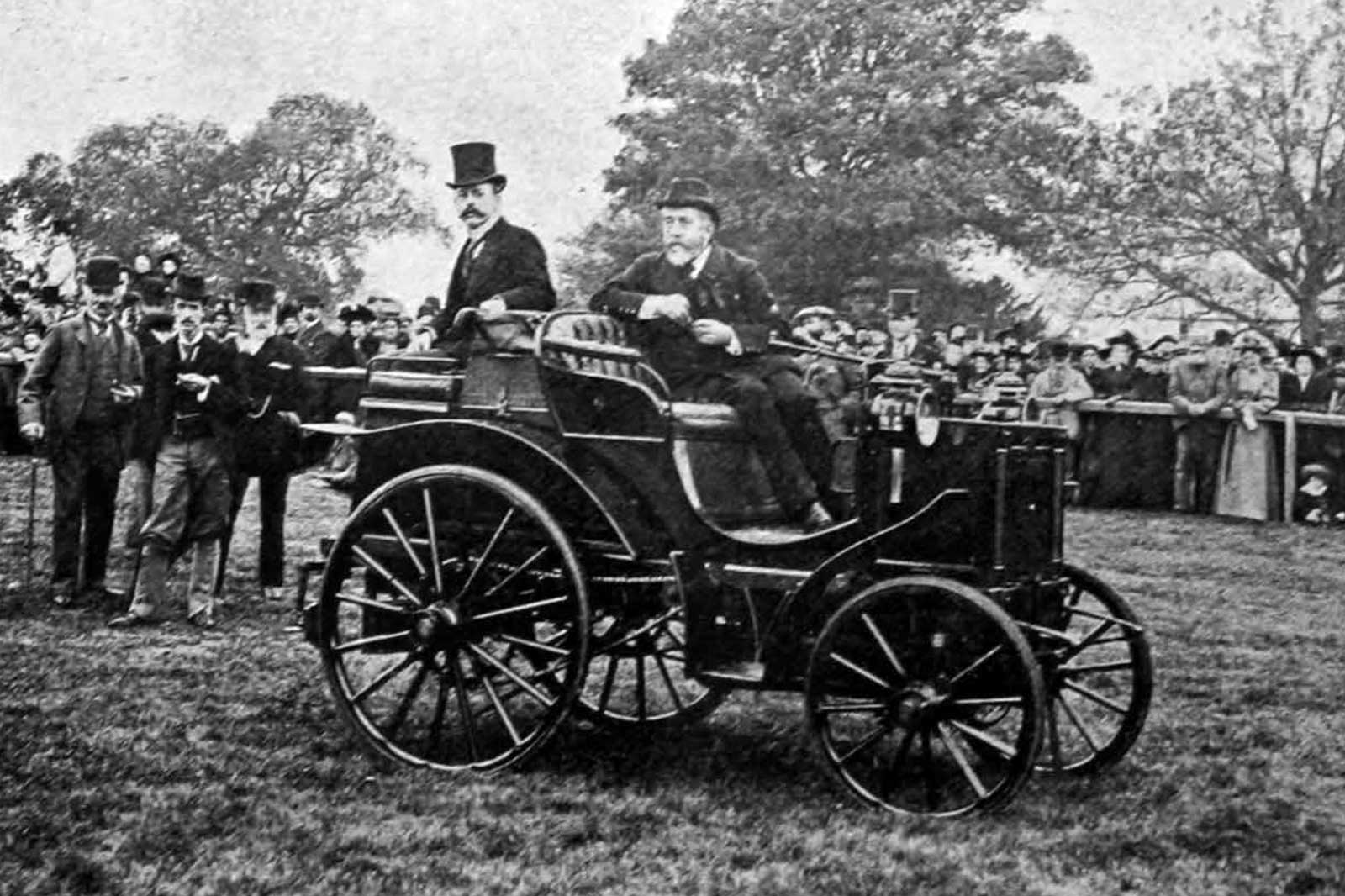

Join the debate
Add your comment
Spares?
I think I'll pop round to my local Peugeot dealer and ask if they've got a brake lever in stock for a 3.5 hp vis-a-vis.